How to Create Individualized Exercise Profile in Strength Training – Part 1: Testing
Introduction
Without repeating what is already written regarding the strength training prescription (click HERE for an overview), I wanted to expand and try to provide one simple way to individualize the whole process. On top of that, I wanted to see if some of the velocity-based exercise prescription “rules” hold true.
When it comes to traditional strength training prescription (a.k.a percent based approach) one uses his latest 1RMs and prescribe 3 to 4, or longer strength training cycle using percentages and reps (e.g. Week1: 5×5 w/80%, Week2: 5×5 w/82.5%, Week3: 5×5 w/85%). After the cycle is over, one either re-test the 1RM (either using real 1RM test or ‘open sets’) or increase it by reasonable jump in weight (e.g. 5kg for lower body, 2.5kg for upper body).
There are certain problems with this. First off, we use generalized tables for load and maximum reps, and they can differ based on the level of the lifter, exercise, gender and so forth. Second, we prescribe progressions in advance (pro-active), yet one might progress faster or slower than others. Third, there is day to day variability in readiness: certain days 70% x 10 reps might feel like a nice breeze, and sometimes it is hard to get 5.
There are certain ways to overcome these issues. The most simple is to prescribe rep ranges (85% x 3-5 reps) or intensity ranges (80-85% x 5 reps). This way we still get exact prescription and progressions (which might be good when it comes to commitment and accountability and basically sticking it with the process instead of fucking around), yet we allow some wiggle room, that can be great for day-to-day variability, different progression/improvement rates and also to reduce ‘mental anxiety’ for hitting certain numbers.
The purpose of this article series is to, on top of these recommendations, show you how to create individualized load/exertion table and employ velocity-based approach. To utilize velocity based approach you would need to have LPT device, of which I recommend GymAware.
The protocol?
To cut the long story short, we need to do the following
1. Progressive 1RM test during which we also measure velocity (singles from 40-100% predicted 1RM)
2. Set with reps to technical failure (RtF) with 85% of newly established 1RM
3. Set with reps to technical failure with (RtF) 70% of newly established 1RM
Measuring velocity is not needed for the simple individualization of load/exertion profile (all you need is 1RM, reps at 85% and 70%; also make sure to check THIS article by Mike Tuchscherer), but I highly recommend it. Also, and very important – during the StF with 85% and 75%, ALL reps are done with highest effort, or velocity.
When it comes to exercises I like sticking to the most important ones: squat, deadlift and bench press. You can try to do something similar with explosive movements like squat jumps, bench throw and trap bar jump, but not with Olympic lifts (my concerns regarding using velocity on olympic lifts are covered HERE)
It is also important to stick to the same technique on every rep. I like performing these tests with ‘pause at the bottom’. Sticking to this is very important (and hard, don’t be fooled) with RtF sets.
The data
Couple of days ago, me and my fellow gym goers (Ivan and Vlada) tried the protocol. Vlada was sick for couple of days and wasn’t used to performing bench press with 2sec pause, so he opted out after couple of sets.
I brought GymAware to the gym and we tested the bench press. We started with progressive 1RM test, then finished with two sets to technical failure with 85% and 70% of the newly established 1RM, while performing each rep as fast as possible (maximal effort) and with pause at the bottom.
Mike Tuchscherer suggests performing these with couple of days of rest in between, which we could have done (maybe next time to see the differences), but we choose to do it on the same day.
The goal, besides individualized load/exertion profiles for bench press was to test velocity/exertion concept and if it holds true. We do need more data (at least one more test to make it longitudinal/repeated measures), but this was enough to get some VERY interesting insights, which I will cover later.
Here are the data for progressive 1RM test:
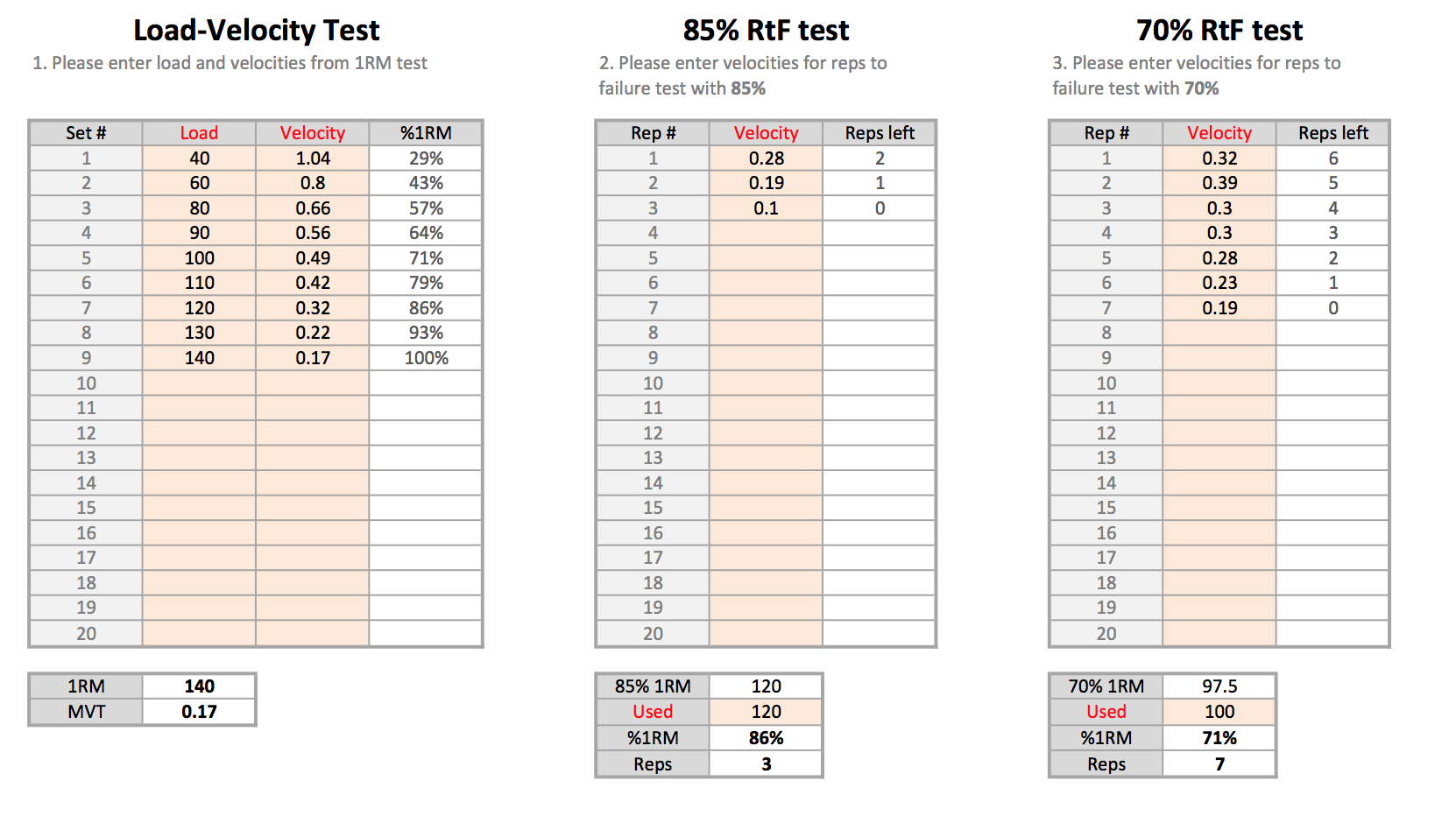
Ivan’s performance
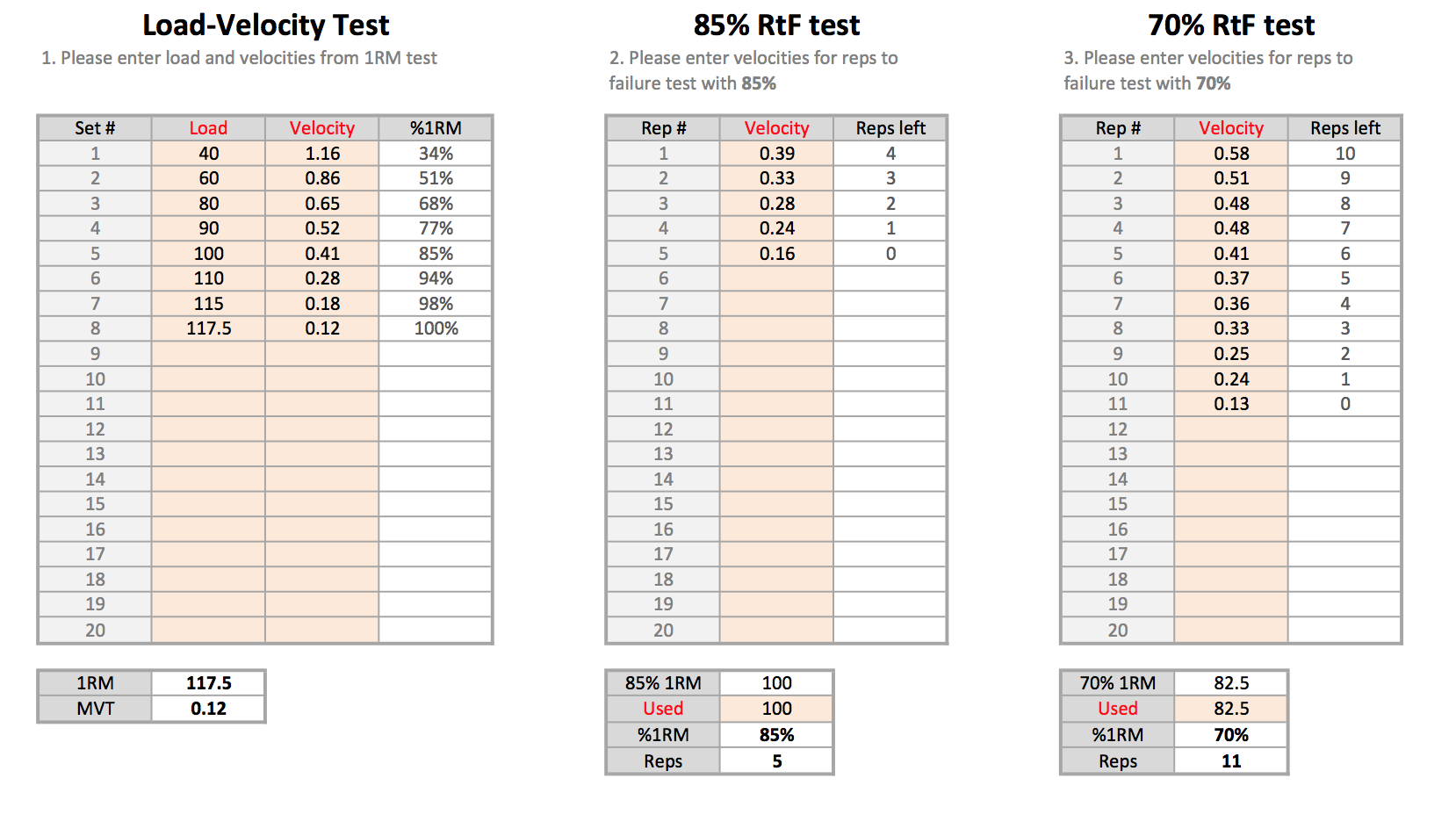
Mladen’s performance
Ivan was a bit tired from performing some failed 1RM attempts (with 145kg, 142.5kg and then again with 140kg with touch and go to see the speed difference, but failed on that one as well) and that probably affected his RtF sets with 85% and 70%. Next time we might chose to do those on different days as Mike Tuchscherer suggested.
In the next installment I will start perform analysis and visualization.

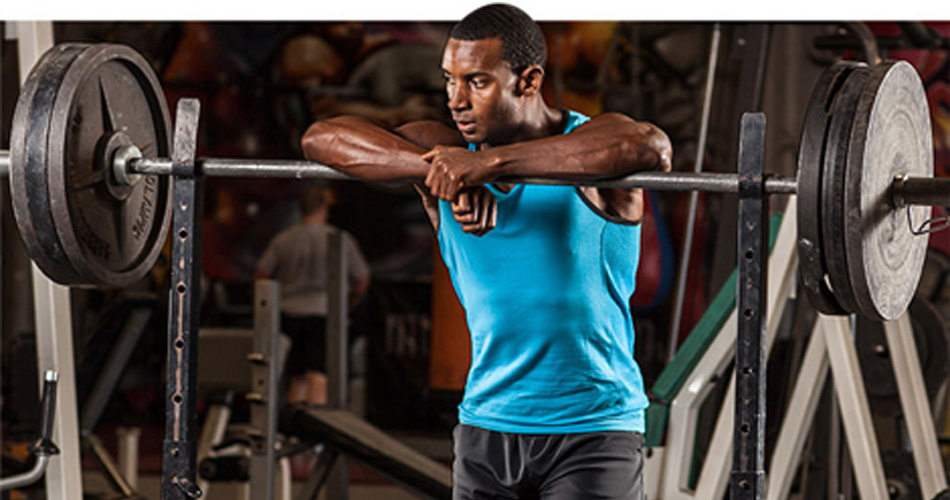
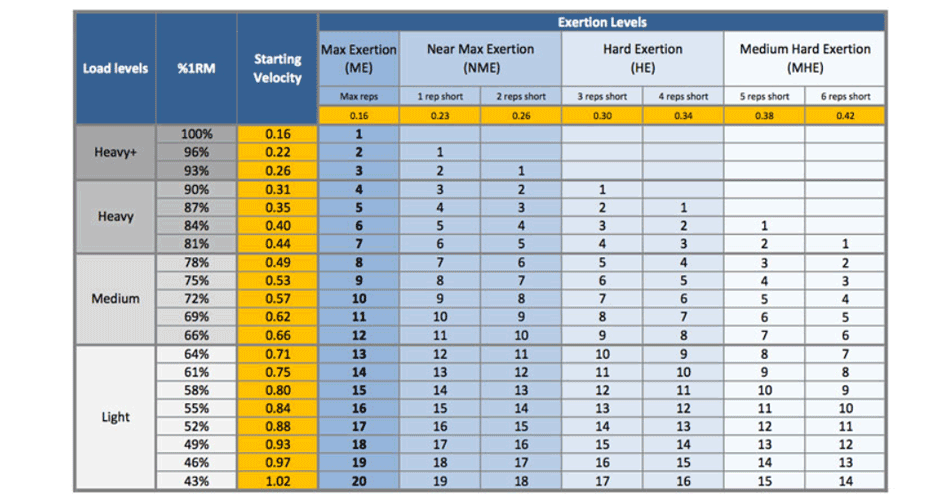

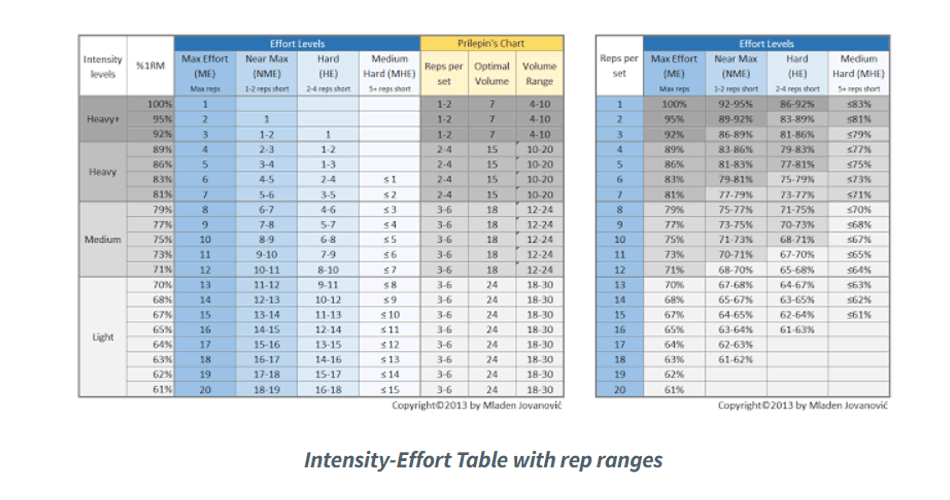






Responses